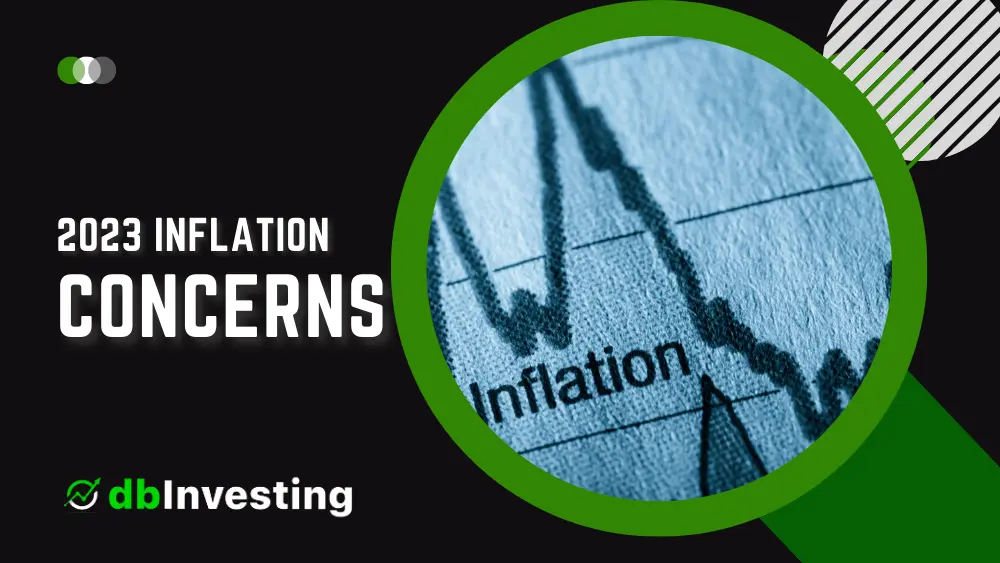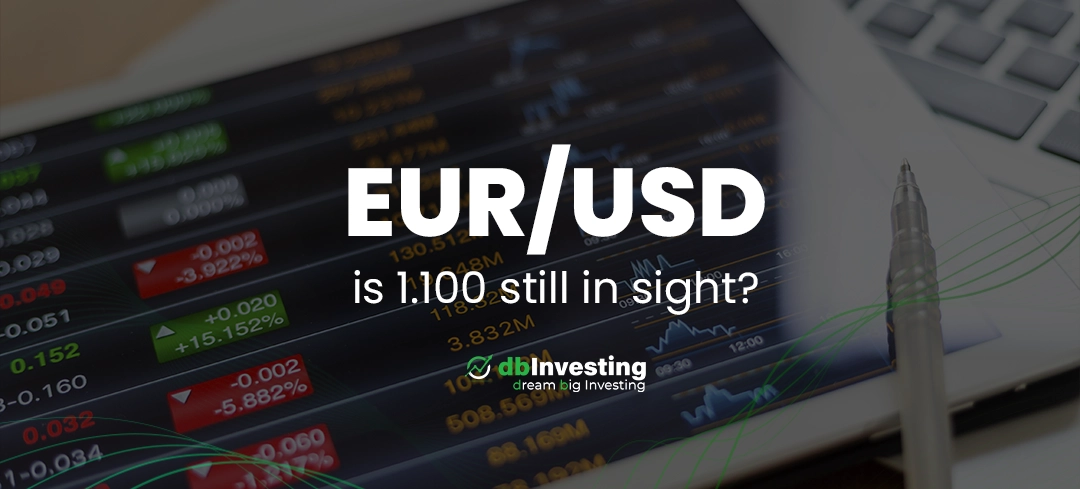Inflation is a phenomenon where the general price level of goods and services in an economy increases over time. Inflation concerns have been on the rise for investors, as prices have been steadily increasing in several sectors.
In this article, we will examine the reasons for possible inflation in 2023 and provide strategies for investors to avoid the potential negative impact.
Reasons for Possible Inflation
- Supply Chain Disruptions
Supply chain disruptions, such as the pandemic-related shutdowns and the recent blockage of the Suez Canal, have led to a shortage of raw materials and inputs. This shortage has resulted in higher prices for the available materials, and companies are passing these costs onto consumers.
- Monetary Policy
Monetary policy is another factor that could contribute to inflation in 2023. In response to the pandemic, central banks around the world have adopted accommodative monetary policies, such as low interest rates and quantitative easing. These policies have led to an increase in the money supply, which could result in higher inflation.
- Fiscal Policy
Fiscal policy is also a factor that could contribute to inflation in 2023. Governments around the world have implemented fiscal stimulus measures, such as direct payments to households and businesses, to support the economy during the pandemic.
These measures have increased the budget deficits, which could lead to inflation if the government chooses to finance the deficits by printing money.
- Labor Shortages
Labor shortages have become a major concern for several sectors, such as manufacturing, hospitality, and transportation. The shortage of workers has led to higher wages, which could lead to higher prices for goods and services.

How to Avoid Inflation
- Diversify Your Portfolio
Investors can diversify their portfolio by investing in different asset classes, such as stocks, bonds, and real estate. Diversification can help to reduce the risk of inflation on a particular asset class, as inflation affects different asset classes differently.
- Invest in Inflation-Protected Securities
Inflation-protected securities, such as Treasury Inflation-Protected Securities (TIPS), are bonds that are designed to protect investors from inflation. These securities provide a guaranteed rate of return that is adjusted for inflation.
- Invest in Commodities
Commodities, such as gold, silver, and oil, are often used as a hedge against inflation. As the general price level of goods and services increases, the prices of commodities tend to increase as well.
- Invest in Companies with Pricing Power
Companies with pricing power are those that are able to increase their prices without losing customers. These companies tend to be in industries where there are high barriers to entry, such as technology and healthcare.
- Keep Cash in Short-Term Instruments

Investors can keep their cash in short-term instruments, such as money market funds and certificates of deposit (CDs), to avoid the negative impact of inflation on cash holdings. These instruments provide a fixed rate of return, which can help to protect the value of cash holdings from inflation.
Conclusion
Inflation concerns have been on the rise for investors, as prices have been steadily increasing in several sectors. The reasons for possible inflation in 2023 include supply chain disruptions, monetary policy, fiscal policy, and labor shortages.
To avoid the potential negative impact of inflation, investors can diversify their portfolio, invest in inflation-protected securities and commodities, invest in companies with pricing power, and keep cash in short-term instruments.



